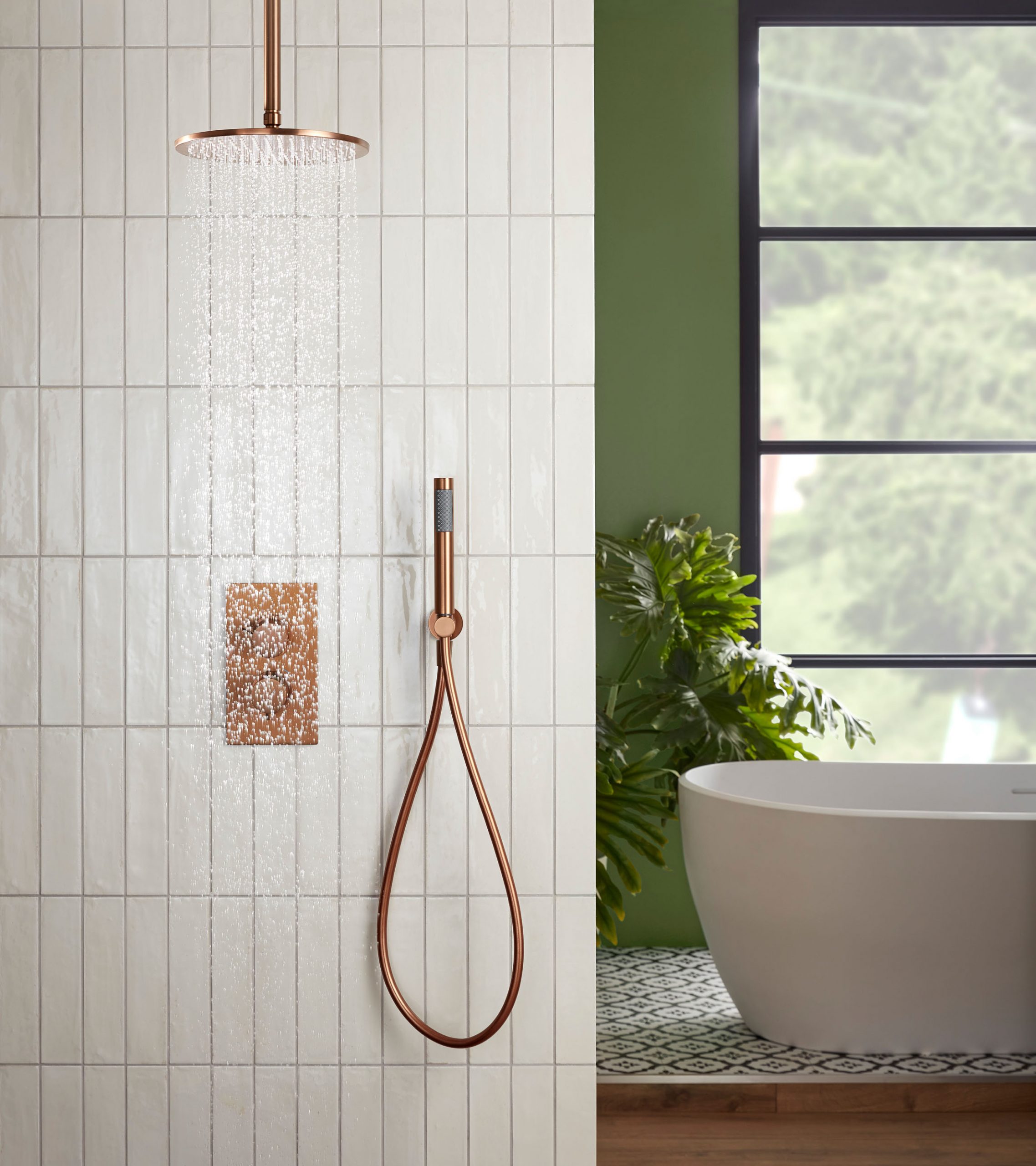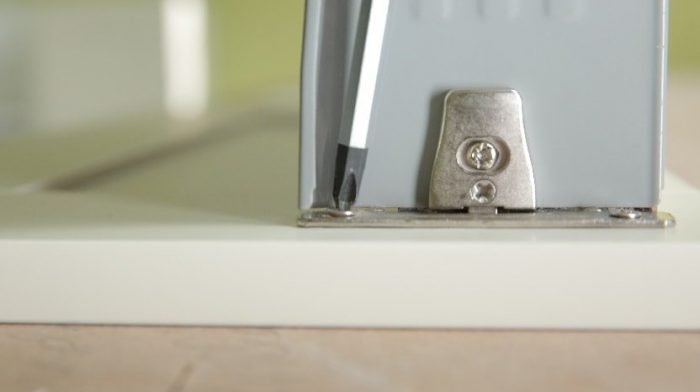Whether it’s part of a bathroom makeover or you need to replace an old and damaged shower, knowing how to seal a shower tray is essential. And while it may sound like a daunting task, with a little care and patience, it’s a relatively simple project too.
As with any DIY job, preparation and planning are key. Remember that the sealant will need around 24 hours to properly dry and become waterproof, so make sure that you factor not being able to use the shower into your plans.
What you’ll need:
- A knife or small chisel to remove the old sealant
- Bathroom cleaner, sponge and paper towels to clean the area
- Good quality silicone sealant that’s designed for bathroom use and which is compatible with the tiles/surfaces in and around your shower tray
- Sealant applicator
- Sealant application tool (make sure that you choose the right aperture size to cover the gap between the tiles and the shower tray)
Out with the old
If you’re asking how to seal a shower tray, you may have already got rid of the old sealant. But just in case you haven’t, here’s how. Carefully scrape away the existing sealant with a chisel or knife, taking care not to damage the shower tray or tiles. Once you’ve removed as much of the old sealant as possible, wipe away the remaining residue – you may find that a little white spirit is useful for any stubborn spots.
Before you begin
Once you’ve got rid of all the old sealant, clean the area you’ll be working on – vacuum up any grit and dust, then clean the shower tray and tiles. As sealant won’t work on damp surfaces, make sure that they are thoroughly dry before you start work (we recommend having a cuppa while you wait for the surface to totally dry!).
Read through the instructions on the sealant before you start so that you know how long it will take to cure and how to get the best results.
How to seal a shower tray – a step-by-step guide
- Make sure that all the surfaces are clean and dry so that the sealant sticks properly and you don’t get any leaks.
- Cut the applicator nozzle on the tube of sealant at a 45-degree angle, taking care to make sure that the hole isn’t too big – a 5mm hole is usually about right and the nozzle should have marks on it to guide you.
- Starting in the inner corner of the shower tray and working towards the front, apply an even bead of sealant in one continuous movement. Take this slowly and steadily to ensure it’s even and there aren’t any gaps.
- The sealant should cover the gap between the tray and the wall – if there are any gaps, carefully use a little more sealant to fill them in.
- Starting at the same place you began to apply sealant, carefully and gently smooth it out – don’t apply too much pressure and don’t keep smoothing it once you have a smooth finish as this may damage the sealant and stop it working properly.
- Repeat steps three and four until all the edges are sealed.
- Let it dry. Most sealants take at least 24 hours to properly cure and become water resistant; once you’ve sealed the shower tray and are happy with the finish, leave it to dry properly before using the shower.
So that’s how to seal a shower tray. Any questions or comments? We always love to hear them. Tag us on social media or visit us in-store at your local Bathstore.









